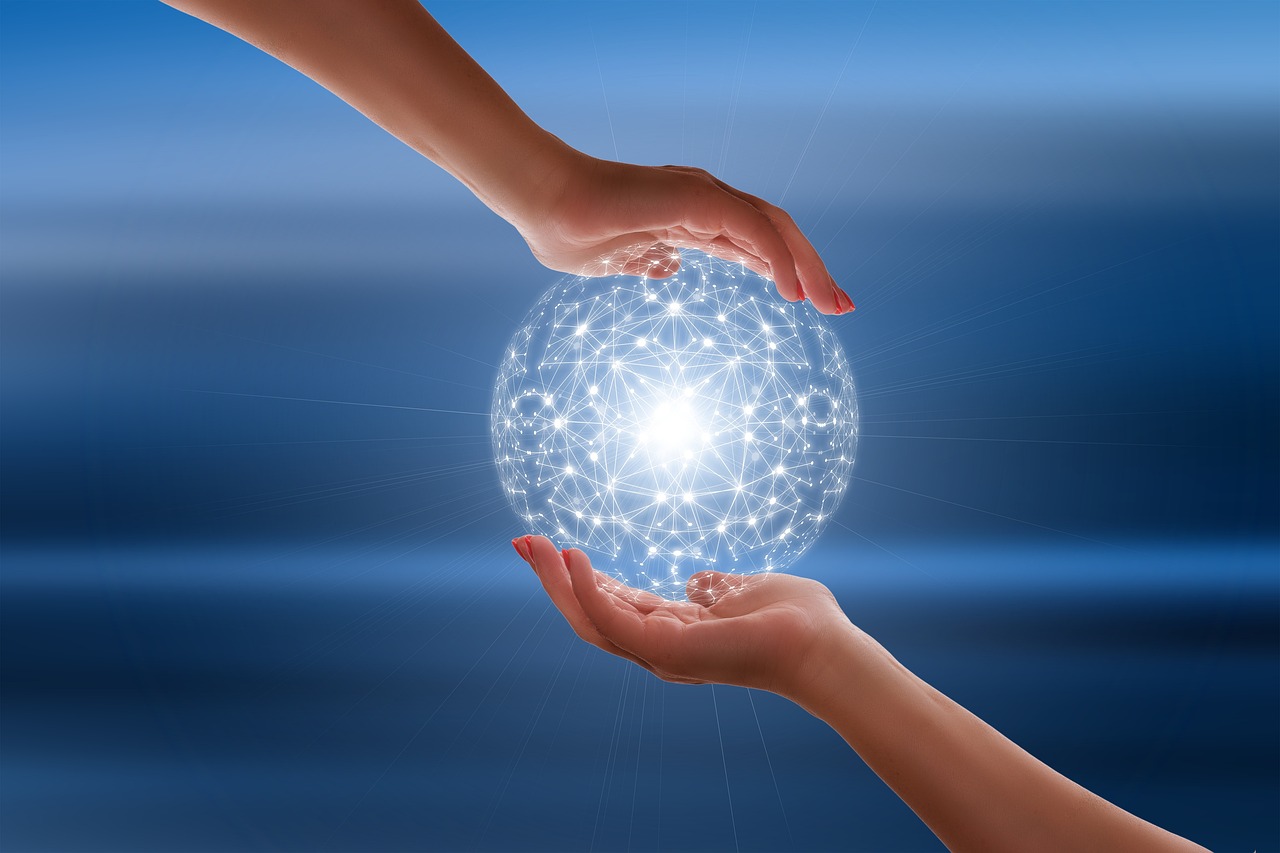Imagine the Paris Agreement as a massive promise made by nearly every country in the world to team up against climate change. It’s a big deal because it shows that we all agree on the urgent need to protect our planet.
This article will explore how well we’re doing with this agreement, the challenges we’re facing, and what needs to happen next to keep making progress.
What’s the Paris Agreement All About?
The Paris Agreement is a significant deal where countries join forces to tackle climate change. It all started with discussions among nations about how to deal with the changing climate.
Its main goals are to reduce the pollution causing climate change, help countries adapt to its impacts, and ensure everyone plays a part in the effort.
What makes it remarkable is that almost every country in the world has agreed to be part of it, showing a shared understanding of the importance of working together.
Progress Towards Climate Goals
Progress towards climate goals means we’re making strides in addressing major issues like cutting down on harmful gases causing climate change, such as carbon dioxide.
We’re also doing better at using more renewable energy sources like wind and solar power instead of relying heavily on fossil fuels like coal and oil. Countries are teaming up and forming partnerships to combat climate change globally.
And it’s not just talk; there are real success stories where communities and countries have come up with smart ideas and put them into action to make a positive impact on the environment.
These are all signs that we’re on the right path to protect our planet for future generations.
Challenges in the Way of Climate Action
Political Obstacles and Policy Challenges: Sometimes, politicians and governments struggle to make decisions and laws that benefit the environment.
Balancing Economic Interests and Environmental Concerns: Making money and growing the economy can sometimes clash with efforts to protect the environment.
Technological Constraints: Sometimes, we lack the right tools or technologies to address environmental issues, so better inventions or methods are needed.
Resistance to Change: Some people and societies are hesitant to change habits or lifestyles to benefit the environment.
Equity and Justice in Climate Action
Addressing equity and justice in climate action means recognizing that certain groups, like low-income communities and people in developing countries, are hit hardest by climate change despite contributing the least to it.
It’s about ensuring fair treatment for everyone affected by climate change and providing support to the most vulnerable. This requires inclusive policies that consider everyone’s needs.
Enhancing Ambition and Collaboration
Moving forward, we need to step up our efforts and work together to tackle climate change. Countries should make stronger commitments to cut greenhouse gas emissions (strengthening national climate pledges).
We also need to invest in making our communities more resilient to climate impacts and find innovative ways to reduce pollution and protect the planet.
Everyone has a role to play. By getting involved in local movements and raising awareness about climate issues, we can make a collective difference.
Exploring Alternative Approaches
Apart from the Paris Agreement, there are other ways to fight climate change. Local and regional efforts, involving smaller areas or groups within countries, can collaborate to reduce emissions and adapt to climate impacts.
Non-governmental actors like businesses, organizations, and individuals also play a vital role in adopting sustainable practices and technologies.
Moreover, multiple countries can collaborate on climate issues outside the formal UN framework, leading to more diverse and effective solutions.

